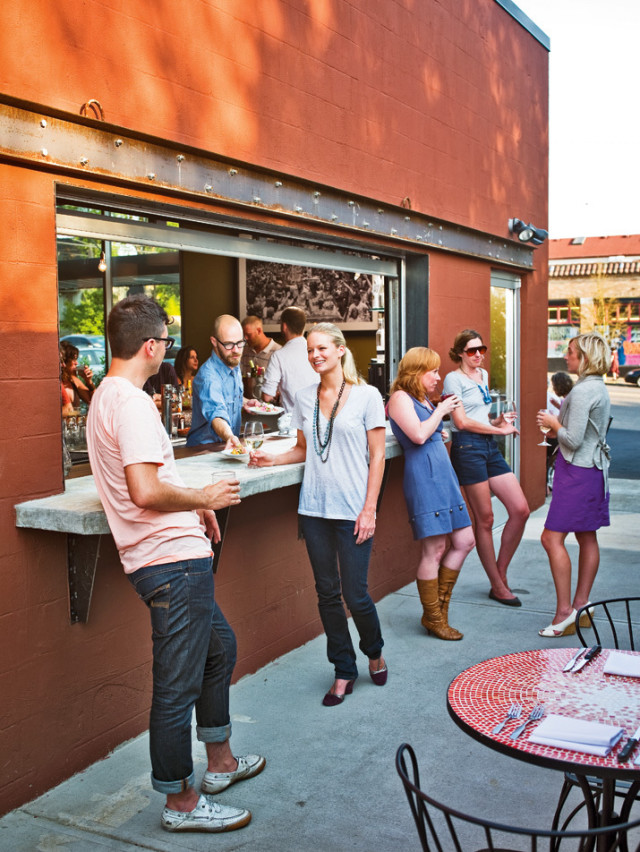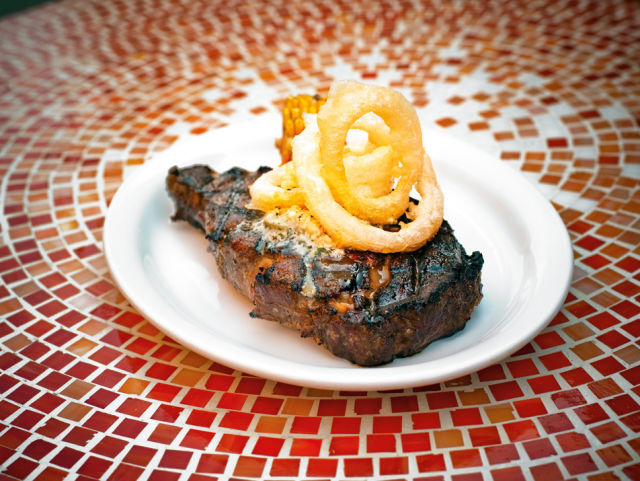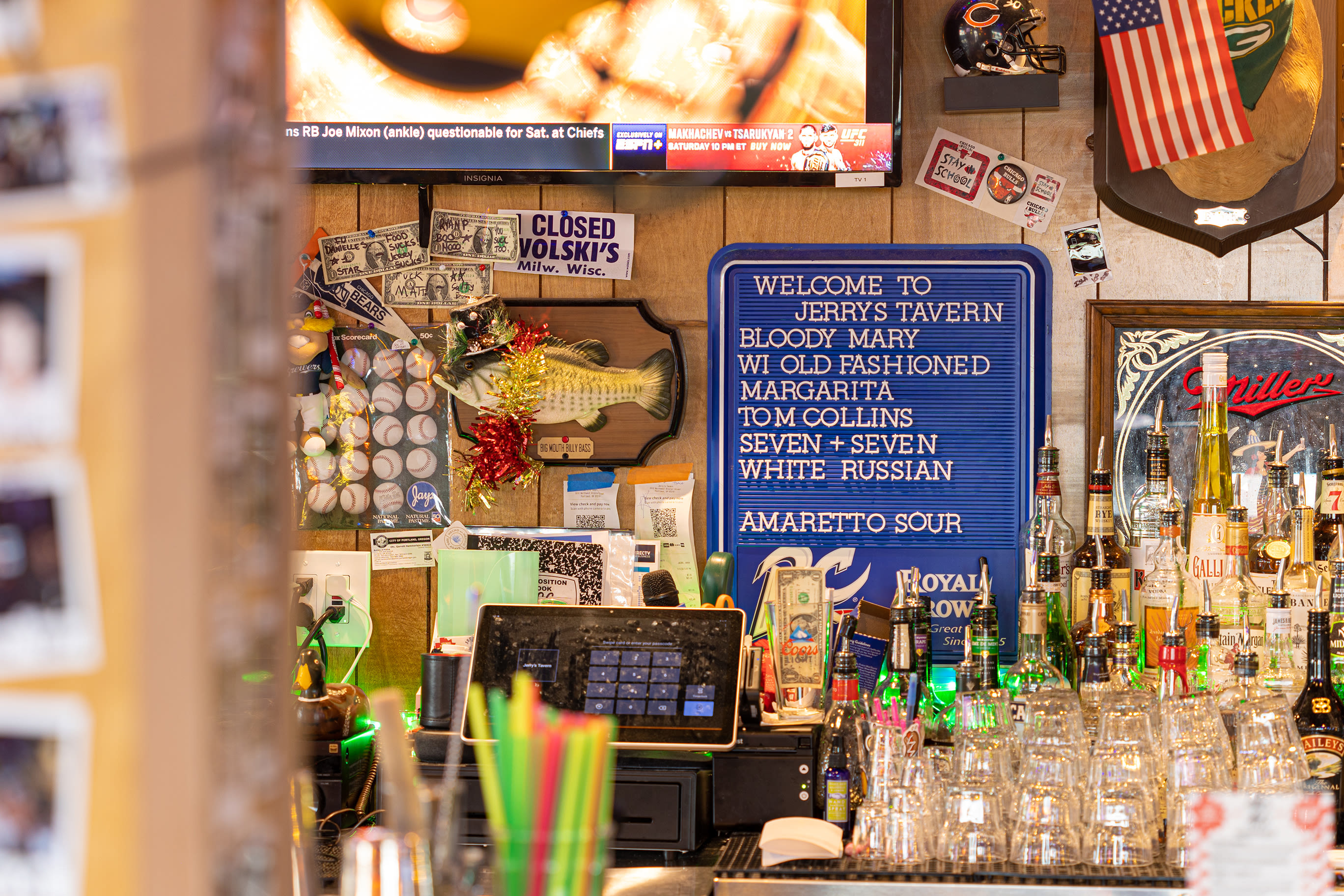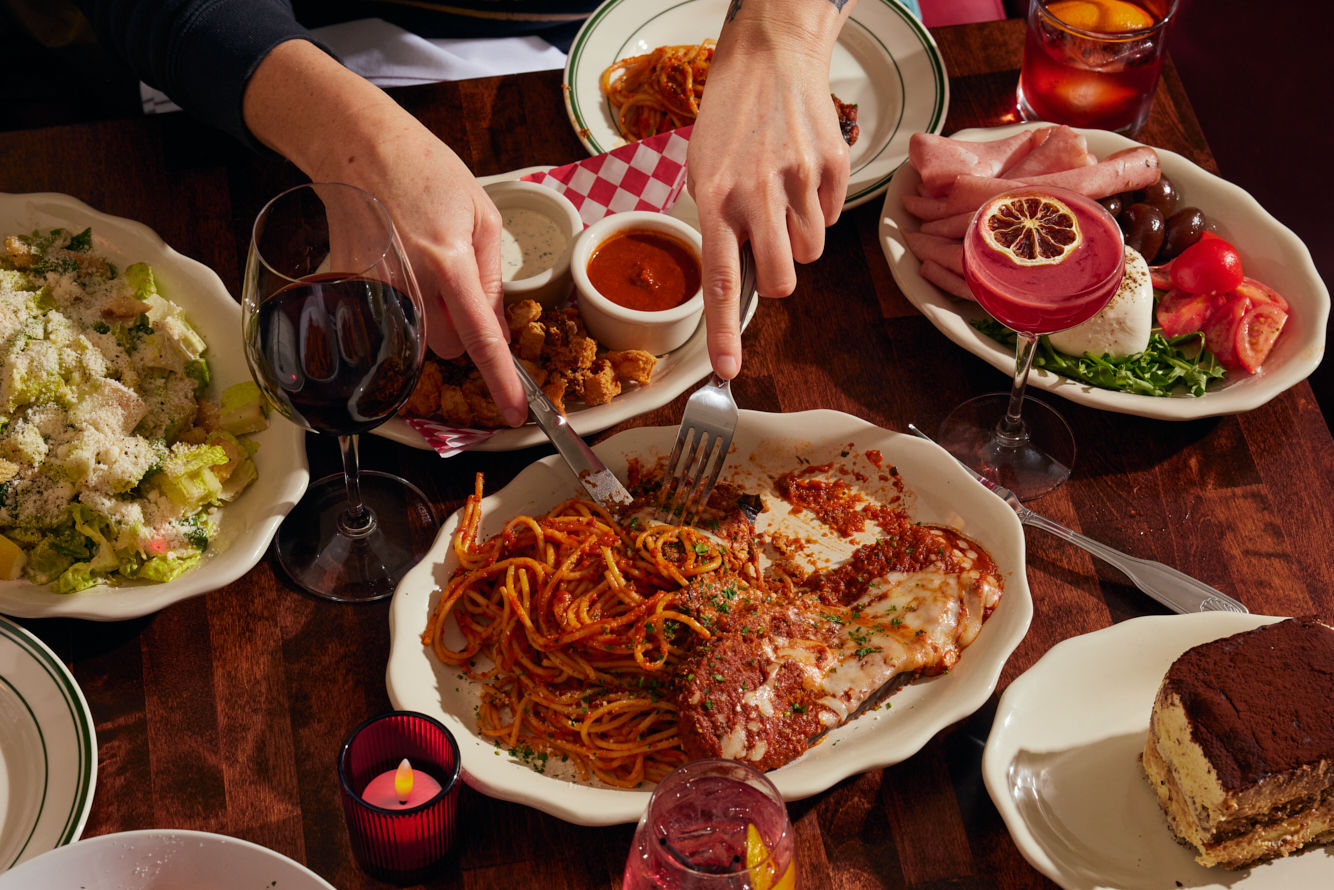Smaller, Cheaper, Faster

Laurelhurst Market trims the fat from traditional steakhouse dining with affordable fare served alfresco.
Say what you will about the food at McCormick & Schmick’s, but when this classic Portland establishment—the first of what became an 84-restaurant chain—shut its doors in June, just days shy of its 30th birthday, the local restaurant world’s economic jitters turned to a collective shudder. Sure, the newspapers framed the closure as a failure of tenant and landlord to agree on a new lease. But it happened so closely on the heels of the deaths of such other high-profile restaurants as DF, Lucier, and Roux that Willamette Week’s hyperbolic proclamation of a looming “Restaurant Apocalypse” seemed more plausible.
However, for every eatery that’s fallen victim to the retracted economy—often dubbed the “New Normal”—there is a success story. Plenty of sit-down eateries are thriving by eschewing fussy service, expensive entrées, and large dining rooms for smaller spaces, flexible pricing, communal tables, and prix fixe meals. The result is great food, better value, and less pretense.
Consider the recently unveiled Laurelhurst Market. To debut a steak house during these beans-and-rice times is risky at best, but the owners of Simpatica Dining Hall and Catering have done it with budget-conscious aplomb. Compared to its West Side counterparts, where full-course dinners priced in the triple digits come with amenities like personal wine lockers, Laurelhurst Market is a meat lover’s meal card. The priciest item is a $38 dry-aged rib eye, but most dishes are offered at $20 or less: charred Piedmontese hanger steaks doused in a lively herb, garlic, and oil treatment Argentineans call chimichurri, or fork-tender braised bavette beef served with a brightly colored, paprika-charged romesco sauce. Salads are offered in two sizes, and for only $6, diners can enjoy the best salt-cod croquettes in town.
“We sought to change the definition of a steak house,” says chef and co-owner David Kreifels. “We wanted affordability and comfort.” Whereas old-school steak houses’ profit margins are typically heavily leveraged by their patrons’ corporate expense accounts and the banquets held in their cavernous dining rooms, Laurelhurst Market, in contrast, holds about 65 chairs, not including a lovely outdoor seating area anchored by an elbows-on-the-counter stand-up bar. “I’d rather have a small restaurant that’s crowded than a large one with empty seats,” Kreifels says.

Grilled rib eye from Laurelhurst Market.
Image: Stuart Mullenberg
Filling a void left by Alberta Street Oyster Bar and Grill, which recently closed, the new Eat oyster bar is offering an array of raw oysters and seafood entrées that top out at $15 in homey, intimate surroundings on N Williams Avenue. Newness helps, but strategy is paramount. The West End eatery Clyde Common, for instance, has seen an increase in business courtesy of owner Nate Tilden’s two-tier pricing. “You can come to my restaurant and spend $15 on a burger and beer,” Tilden says, “or you can splurge and go all out.”
Longtime restaurateurs are sharpening their game, too. Every other Thursday, East Side cuisine pioneer Castagna is offering four-course dinners with wine pairings for $45. The ever-thriving Navarre, recently dubbed “restaurant of the year” by the Oregonian, now seems nearly clairvoyant given its $28 multicourse tasting menu and flexibly priced tapas-style dishes.
These success stories offer hope. As natural selection weeds out the dinosaurs, the successful adaptations are proof positive of the existence of two kinds of people: a savvier Portland diner who knows that high-quality cuisine can be found at any price point, and a tougher brand of restaurateur—one who puts the food before the four-course finery. “A lot of us got tired of the way traditional restaurants work,” Nate Tilden says. “We’re trying to change that model.”




